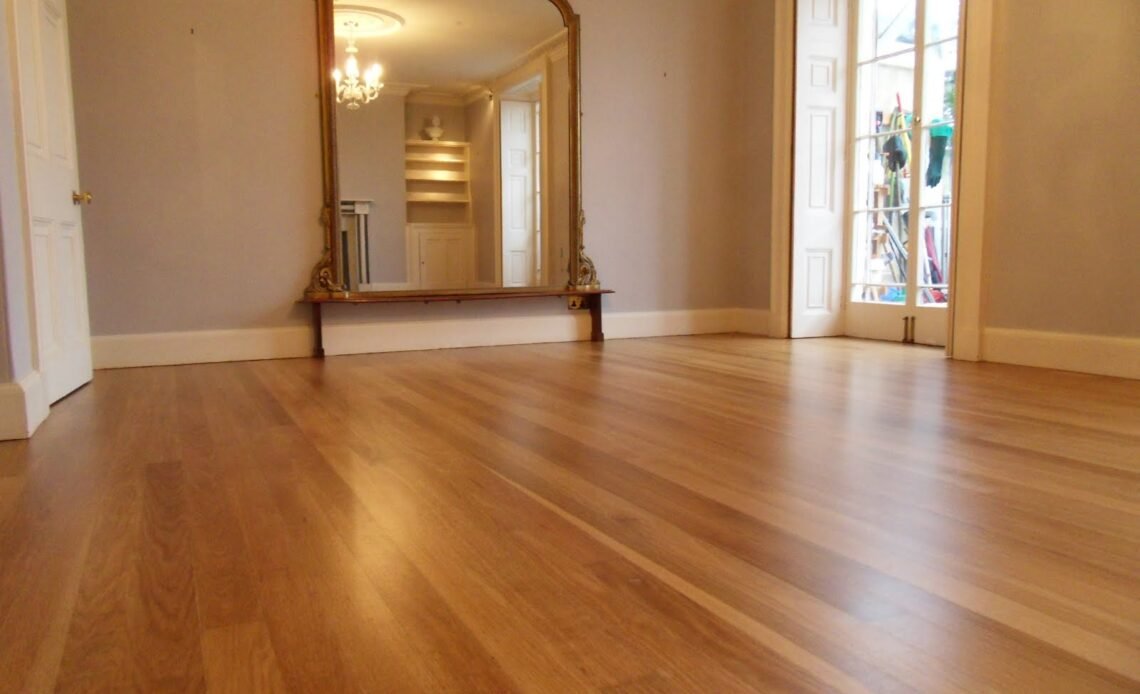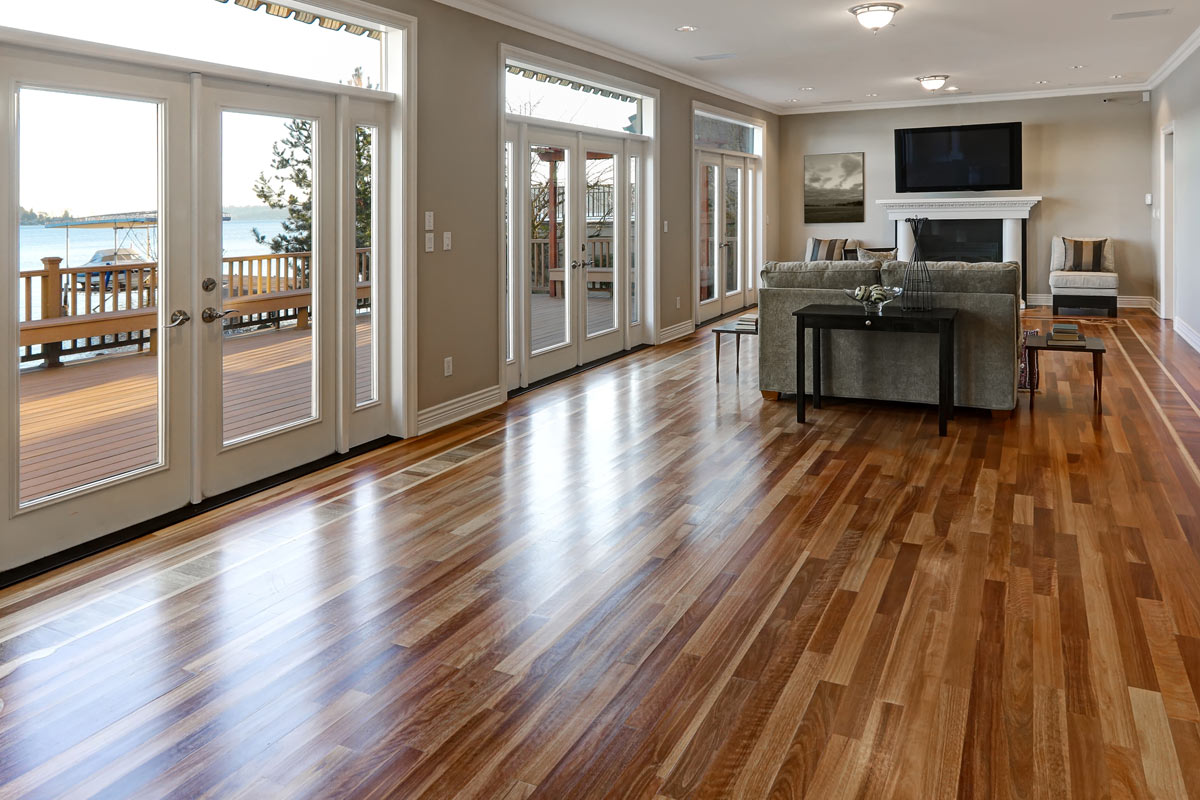
Are you ready to transform your worn-out timber floors into stunning masterpieces? In this comprehensive DIY guide, we will delve into the art of timber floor sanding and polishing, empowering you to revitalise your living space with elegance and charm.
From preparation to finishing touches, we will walk you through each step with precision and insider tips. Uncover the satisfaction of reviving your floors with your hands while adding value to your home.
Whether you’re a seasoned DIY enthusiast or a novice, this guide is your key to achieving professional-quality results and unleashing the natural beauty of timber in your home.
Preparation
Before beginning the process of Floor Sanding and Polishing The Melbourne Eastern Suburbs, it’s essential to clear the room of all furniture and items, creating a spacious work area for the project. Covering electrical outlets with tape is crucial to prevent dust from entering the sockets during sanding and polishing.
Additionally, it’s important to inspect the floor for any protruding nails or staples, securing them firmly into the wood to avoid damaging the sandpaper. Thoroughly cleaning the entire floor with a vacuum cleaner and a damp mop is necessary to remove all dust, dirt, and debris prior to starting the sanding and polishing process.
Equipment and Materials
Weighing the Options
When deciding whether to rent or purchase floor sanding equipment, it’s important to consider the scale of your project. For larger projects, purchasing the equipment may offer more flexibility and cost-effectiveness, allowing you to work at your own pace without the constraints of a rental time limit. Additionally, investing in quality sandpaper with higher grit numbers is essential for achieving a smooth finish on hardwood Floors.
Once the sanding is completed, the use of polishing materials such as varnish or wood stain can not only enhance the natural beauty of timber floors but also provide essential protection against wear and tear.
Renting or Purchasing Floor Sanding Equipment
Many home improvement stores provide rental services for floor sanding and polishing Melbourne Eastern Suburbs equipment, offering convenience for avid DIY enthusiasts. However, if you anticipate taking on multiple projects over time, investing in your own equipment may prove to be a cost-effective choice.
Before opting for a rental, it’s crucial to ensure that the rental company offers proper maintenance and servicing of the equipment for optimal performance. When purchasing floor sanding equipment, prioritising durability and ease of use can significantly enhance the sanding process, making it smoother and more efficient.
Choosing the Right Sandpaper and Polishing Materials
Selecting the correct grit of sandpaper is crucial for achieving a smooth and professional finish. Lower grits are ideal for initial rough sanding to remove imperfections, while higher grits are essential for finer finishing work.
Additionally, when choosing polishing materials, consider environmentally friendly options to minimise harmful emissions during application. Different types of wood may also require specific staining or polishing techniques, so it’s important to research compatibility before making a selection.
If you’re unsure about the best polishing materials suited for your timber floors, consider consulting with experts at hardware stores to get personalised recommendations.

Sanding Process
The sanding process is crucial in preparing timber floors for polishing, as it helps remove imperfections and old finishes. Let’s see it in detail:
Starting with coarse-grit Grit Sandpaper
Starting with coarse-grit sandpaper sets the foundation for effectively removing old varnish, paint, or any imperfections present on the timber floor. The use of coarse-grit sandpaper at this stage helps to level uneven surfaces and prepare the timber for subsequent finer sanding stages.
This initial step with coarse-grit sandpaper sets the tone for achieving a smooth and blemish-free surface before moving on to finer grits. It’s essential to maintain a consistent and steady pace while using coarse-grit sandpaper to ensure uniformity across the entire floor surface.
Progressing to Fine Grit Sandpaper
Progressing to fine-grit sandpaper after the initial coarse-sanding phase allows for refining the surface texture and eliminating any remaining imperfections. At this stage, fine-grit sandpaper enhances the smoothness of the wood, creating an ideal canvas for applying protective finishes later on.
The progression to fine-grit sandpaper ensures that any marks or scratches from previous stages are completely smoothed out, resulting in a pristine surface. Careful attention should be given when using fine-grit sandpaper to achieve a uniformly smooth finish across all sections of the timber floor.
Using fine-grit sandpaper is a critical step in achieving a flawlessly polished timber floor, as it provides the level of smoothness necessary for a professional and durable finish.
Polishing Process
After sanding the timber floor, it’s essential to kick off the polishing process by ensuring that the entire area is thoroughly cleaned to eliminate any lingering dust or debris. Follow these instructions:
Applying Wood Stain
If you’re aiming for a specific colour or want to enhance the natural grain of the timber, applying wood stain before the polishing process is a great option. Using a clean cloth, apply the wood stain in smooth, even strokes, working with the grain of the wood to achieve the best outcome.
After applying the stain, allow it to penetrate for several minutes before carefully wiping off any excess with another clean cloth. It’s crucial to let the stained area dry completely before proceeding with the polishing process to ensure optimal results.
Using a Floor Buffer for Polishing
To begin the polishing process, it’s crucial to select a high-quality buffing pad designed specifically for hardwood floors and securely attach it to the floor buffer machine. Start buffing at one corner of the room and work methodically across the entire floor, ensuring that each pass slightly overlaps for uniform coverage.
While buffing, it’s important to avoid applying too much pressure to prevent uneven polishing or damage to the floor’s surface. Additionally, regularly check and change buffing pads as needed to maintain optimal performance throughout the timber floor polishing process. Keeping these considerations in mind will contribute to a seamless and professional polishing outcome.
Final Touches
After sanding the timber floor, it’s crucial to thoroughly vacuum the entire area to remove any dust and debris. Additionally, wiping down walls and surfaces will help prevent any sawdust from settling back onto the freshly sanded floor.
Using a tack cloth to pick up any remaining fine dust particles is also essential before applying the sealant or varnish. Once these steps are completed, allowing the floor to sit untouched for at least 24 hours is important to ensure it is completely dry before walking on it.
Conclusion
The process of floor sanding and polishing in the Melbourne Eastern Suburbs involves thorough preparation, attention to detail during the sanding and polishing processes, and the application of final touches for a professional finish. From clearing and inspecting the area to selecting the right equipment and materials, each step contributes to the overall success of the project.
Additionally, the importance of applying wood stain, using a floor buffer for polishing, and applying a sealant or varnish cannot be overstated in achieving a polished and long-lasting timber floor.
Finally, ensuring the area is clean and free of dust and debris and allowing ample drying time after the final touches are essential steps for a well-executed DIY timber floor sanding and polishing project.
